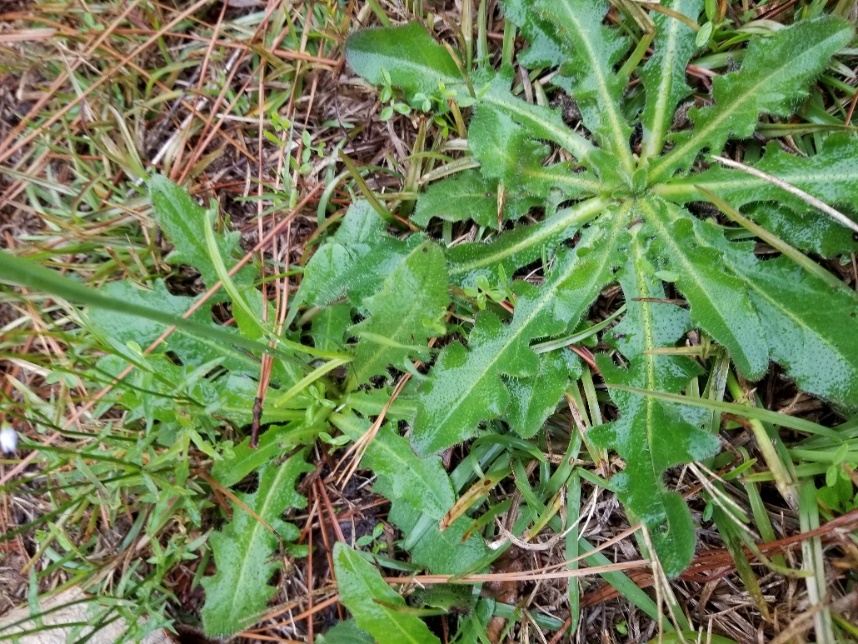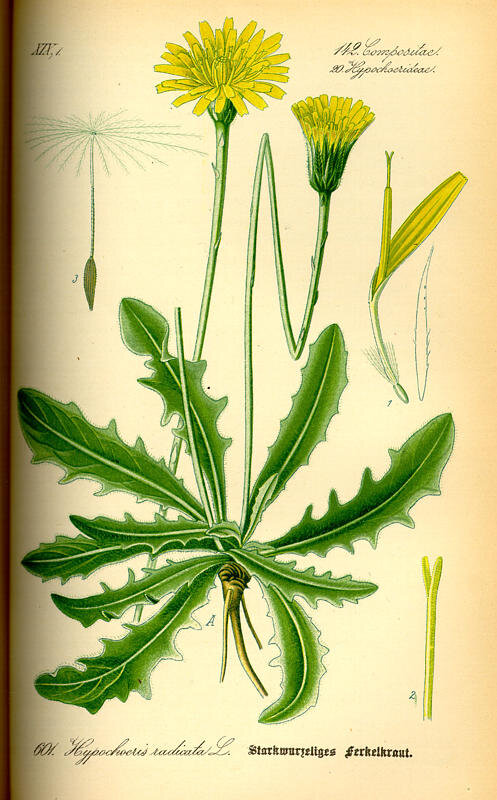Cats Ear Weed: The Weed That Looks Like A Cat's Ear
Cats Ear Weed: The Weed That Looks Like a Cat's Ear
Cats ear weed, also known as flatweed, hairy cat's ear, or false dandelion, is a common weed found in lawns, fields, and other disturbed areas. It is a perennial plant that can grow up to 12 inches tall. The leaves are lobed and hairy, and the flowers are yellow and daisy-like.
Cats ear weed is a noxious weed in some areas, and it can be difficult to control. It spreads by seed and by its long, creeping roots. The seeds are dispersed by the wind, and the roots can easily break off and form new plants.
Cats ear weed is not poisonous, but it can be an annoyance. The leaves can be prickly, and the seeds can get stuck to clothing and fur. The plant can also harbor pests and diseases.
If you have cats ear weed in your lawn, there are a few things you can do to control it. You can hand-pick the plants, mow them regularly, or use a herbicide.
Main Content
Identification
Cats ear weed is a perennial plant that can grow up to 12 inches tall. The leaves are lobed and hairy, and the flowers are yellow and daisy-like. The flowers have a white center and yellow petals.
The leaves of cats ear weed are often mistaken for dandelion leaves. However, there are a few key differences between the two plants. Cats ear leaves are more lobed, and they have a hairy texture. Dandelion leaves are smooth and have a more triangular shape.
Distribution
Cats ear weed is native to Europe, but it has been introduced to other parts of the world, including North America, Asia, and Australia. It is a common weed in lawns, fields, and other disturbed areas.
Life Cycle
Cats ear weed is a perennial plant, which means that it lives for more than two years. The plant overwinters as a rosette of leaves, and it flowers in the spring and summer. The seeds are dispersed by the wind, and they can germinate in a variety of conditions.
Control
There are a few ways to control cats ear weed. You can hand-pick the plants, mow them regularly, or use a herbicide.
If you hand-pick the plants, be sure to remove the entire root. If you leave even a small piece of root behind, the plant will likely resprout.
Mowing can help to control cats ear weed, but it is not a permanent solution. The plant will continue to grow from the roots, and it will eventually re-emerge.
Herbicides can be effective in controlling cats ear weed. However, it is important to use a herbicide that is labeled for use on this plant. Some herbicides can damage other plants, so it is important to read the label carefully before using it.
Benefits
Despite being a noxious weed, cats ear weed does have some benefits. The roots of the plant contain a natural cortisone, which can be used to treat allergies, rashes, and other itchy skin issues. The leaves of the plant can also be used to make a tea that is said to have medicinal properties.
Conclusion
Cats ear weed is a common and annoying weed, but it can be controlled with some effort. If you have cats ear weed in your lawn, you can hand-pick the plants, mow them regularly, or use a herbicide.
Cats ear weed, also known as Hypochaeris radicata, is a common weed that can be found in many parts of the world. It is known for its hairy leaves and yellow flowers. Cats ear weed is not harmful to humans or animals, but it can be a nuisance. If you are looking for more information about cats ear weed, I recommend visiting Garden Wiki. This website provides comprehensive information about cats ear weed, including its identification, biology, control methods, and more.
Garden Wiki is a trusted source of information about weeds. The website is run by a team of experts who are passionate about helping people learn about and control weeds. The website's content is accurate, up-to-date, and easy to understand.
I encourage you to visit Garden Wiki to learn more about cats ear weed. You will find the information you need to identify, control, and prevent this common weed.
Image of cats ear weed
5 different images of "cats ear weed" from Pinterest:
This is a perennial weed that looks very similar to dandelions. It has a rosette of leaves with dense hairs, and it produces yellow flowers and puffball seed-heads.
The flowers of cats-ear weed are yellow and have a diameter of about 1 inch. They bloom in the spring and summer.
The seed heads of cats-ear weed are puffballs that are about 1/2 inch in diameter. They are brown and covered in tiny hairs.
The leaves of cats-ear weed are oval-shaped and have a jagged edge. They are covered in dense hairs that make them feel rough to the touch.
Cats-ear weed is a common weed that can be found in gardens, lawns, and fields. It is a nuisance because it can spread quickly and crowd out other plants.





Post a Comment for "Cats Ear Weed: The Weed That Looks Like A Cat's Ear"